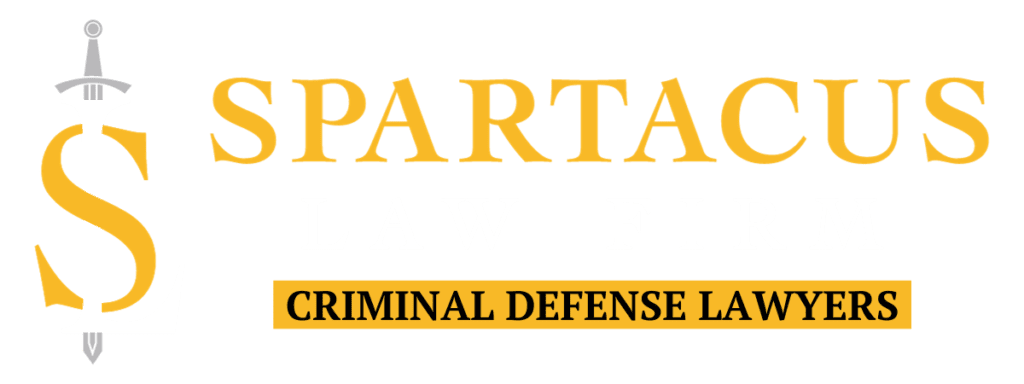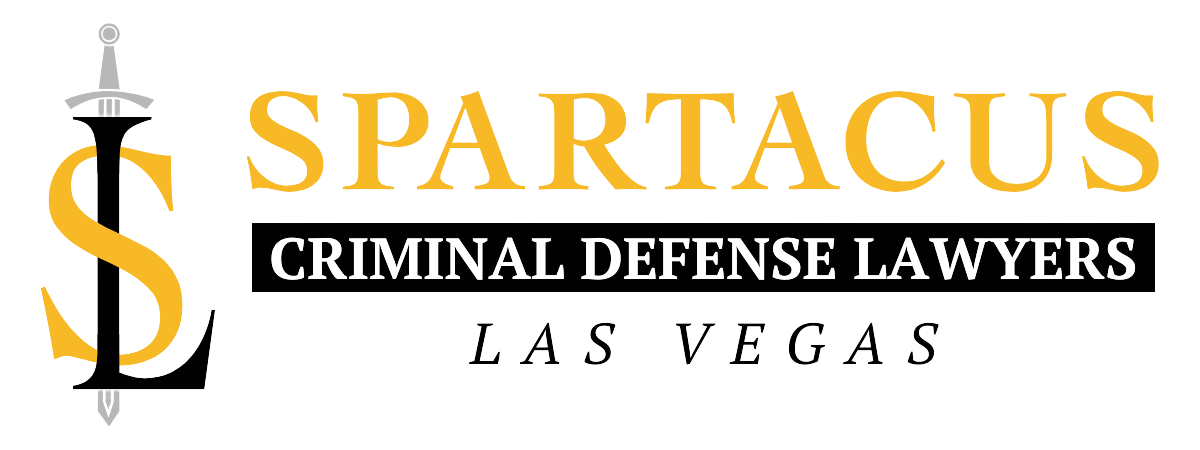Las Vegas Bank Fraud Lawyer
Other Practice Areas
Contact Us
Federal Bank Fraud Lawyer In Las Vegas, Nevada
In recent years, there has been a significant rise in the prosecution of financial crimes by the Department of Justice. This increase has led to a surge in bank fraud cases. Whether stemming from intricate financial transactions or simple check-kiting schemes, the charge of bank fraud, as stated in 18 U.S.C. §1344, carries immense consequences. A conviction can result in a sentence of up to 30 years of imprisonment and a maximum fine of $1 million.
The federal bank fraud statute encompasses two distinct yet interconnected forms of fraudulent activities. Under 18 U.S.C. §1344(1), any individual who knowingly executes a scheme to defraud a financial institution can face punishment. Alternatively, 18 U.S.C. §1344(2) targets individuals who knowingly execute a scheme to obtain money, credit, or other assets owned by or under the control of a financial institution through false pretenses. If you find yourself facing fraud charges under this statute, our Las Vegas federal bank fraud lawyer at the Spartacus Law Firm can provide invaluable assistance. Contact our office now for a consultation and learn more about how we can help.
Common Types of Bank Fraud
Bank fraud, as defined within the U.S. Code, stands apart from various other frauds and scams. However, this expansive realm of deceit can be further categorized. The prevalent forms of bank fraud encompass accounting discrepancies, counterfeit checks, fraudulent documents, and an array of other deceptive schemes.
- Fraudulent documents and loan applications: Acc documentation is crucial within financial institutions, especially banks, where meticulous tracking of every transaction is paramount. However, it is important to note that the creation of fraudulent documents to conceal missing funds, such as loans, withdrawals, or transfers, is illegal and unethical.
- Accounting fraud: Fraudulent bookkeeping has long been employed as a strategy to conceal bank fraud and similar schemes. It involves misrepresenting income, receivables, inflating company asset values, or portraying profitable operations – all in pursuit of obtaining a loan or securing favorable financing.
- Money laundering: A distinct federal statute exists to prohibit the majority of money laundering activities. However, when these acts involve banks and financial institutions and aim to conceal the source of funds, they are concurrently regarded as bank fraud. To enhance their ability to detect money laundering schemes, many financial institutions are embracing cutting-edge technologies such as artificial intelligence and blockchain.
- Mobile fraud and deposits: A significant amount of bank fraud is currently carried out through applications and software accessible on smartphones. These fraudulent activities may involve exploiting mobile remote deposit capture technology, which allows checks to be deposited via digital images, or engaging in online identity theft by hacking personal information stored on mobile apps.
- Credit card fraud: In the United States, debit and credit card fraud pose a significant problem. These types of fraud are typically dealt with under a distinct statute of the U.S. Code. However, in cases where payment card fraud, commonly known as debit card fraud, directly involves the financial institution that supports the card and holds the associated accounts, federal investigators may consider pursuing charges under the bank fraud statute.
Penalties For Bank Fraud Charges
A federal bank fraud conviction carries severe penalties, including lengthy imprisonment and substantial fines. Upon conviction, the court can impose fines of up to $1,000,000. In addition to the fine, the court may sentence the offender to a maximum jail term of 30 years. Restitution to the affected financial institution(s) may also be ordered by the court.
Furthermore, if convicted, individuals may face additional penalties due to the association of these charges with other offenses. For instance, bank fraud charges often coincide with charges of attempted and conspiratorial fraud, as defined in 18 U.S.C. §1349. A skilled Las Vegas bank fraud lawyer can evaluate your fraud case and assess the potential penalties for the defendant.
It is worth noting that Nevada has only two federal courthouses: The Lloyd D. George Federal Courthouse in Las Vegas and the Bruce R. Thompson Federal Courthouse in Reno. Additionally, individuals convicted of federal criminal charges in Nevada are typically incarcerated in out-of-state facilities since there are no federal prisons within the state.
Convictions Under the Federal Bank Fraud Statute
To secure a conviction under 18 U.S.C. §1344(1), a prosecutor must establish, beyond a reasonable doubt, that the defendant knowingly engaged in or attempted to engage in a scheme to defraud a federally insured or chartered financial institution. Moreover, the prosecutor must demonstrate that the defendant employed material misrepresentations or acts of concealment in the commission of the alleged offense.
Similarly, for a guilty verdict under §1344(2), the prosecutor must prove, beyond a reasonable doubt, that the defendant knowingly executed or attempted to execute a plan to defraud a federal financial institution by utilizing materially false representations or fraudulent pretenses to obtain government-controlled money or property.
Although the statutory language may appear broad, it is important to note that defenses exist for this charge. Not every misrepresentation made to a bank or financial institution is sufficient to warrant a conviction. The Second Circuit Court of Appeals has clarified that a misrepresentation is considered material only if it has the potential to influence the actions of a bank. For reference, please see United States v. Rigas, 490 F.3d 208, 231 (2d Cir. 2007) and United States v. Rodriguez, 140 F.3d 163, 168 (2d Cir. 1998). Additionally, it is crucial to understand that the ‘scheme to defraud’ element in both subsections requires more than a mere simple act. For instance, the act of “depositing checks into a bank account when the depositor knows they are not entitled to the funds” does not constitute a crime punishable under §1344 (Rodriguez, 140 F.3d at 168).
Frequently Asked Questions
What Are The Defenses To Bank Fraud Charges In Nevada?
A federal criminal defense attorney can fight federal bank fraud charges in several different ways. Obviously, which strategies hold the greatest chances of success depends largely on the circumstances of the specific case. The following represent three of the most common defenses to bank fraud.
- The defendant was honest. In order to secure a conviction for bank fraud, the U.S. Attorney’s Office must establish beyond a reasonable doubt that the defendant knowingly committed the crime. Therefore, if the defense counsel can demonstrate that the defendant acted in good faith, made an honest mistake, and did not intend to cause harm, the charges should be dismissed. It is crucial to recognize that fraud is a grave offense, and the burden of proof rests on the prosecution to demonstrate the defendant’s culpable intent.
- There was no fraud. Banking rules and regulations can be incredibly intricate and perplexing, often leading to lawful transactions being erroneously flagged as fraudulent transfers. However, if the defense lawyer can effectively establish that the defendant has not violated any laws and has been falsely accused, it is imperative that the defendant is not held criminally accountable for bank fraud.
- The police broke the law. Bank fraud cases often involve extensive exhibits, comprising thousands of pages of bank records, statements, emails, letters, and other confidential documents. If there are suspicions that law enforcement obtained these documents through an unconstitutional search and seizure, the defense attorney can file a “motion to suppress evidence” in federal court. If the judge grants the motion and excludes the unlawfully obtained evidence, the prosecution may be left with insufficient proof. Consequently, the entire case could be dismissed due to lack of evidence.
What Factors Are Considered When Reaching A Federal Bank Fraud Sentence?
When it comes to bank fraud, federal law establishes the procedures for penalties. However, the judge has discretion in considering various aspects of the case before determining the final punishment. Factors such as previous criminal convictions and the specifics of the alleged offense are taken into account. Additionally, the magnitude of the fraud plays a significant role in the severity of the penalties. If the financial institution suffered substantial losses, the offender may face more severe consequences. In a federal bank fraud case, it is crucial for a Las Vegas bank fraud attorney to carefully evaluate these mitigating and aggravating factors.
What Is a Financial Institution in Bank Fraud?
Bank fraud, by definition, involves “financial institutions.” While banks fall under this category, it also includes other entities that engage in financial and monetary transactions. These transactions encompass mortgages, loans, investments, checking accounts, currency exchange, and deposits.
This broad definition of a financial institution encompasses a range of businesses in the financial sector, such as insurance companies, trust companies, credit unions, brokerage firms, and investment firms. Financial institutions cater to both individual and corporate clients. However, it’s important to note that bank fraud specifically applies to federally insured credit unions, mortgage companies, and lending institutions.
Contact Our Nevada Bank Fraud Lawyer Now
If you find yourself facing an accusation of bank fraud and charged with a federal crime, it is crucial to seek the assistance of a skilled Las Vegas bank fraud lawyer. The Spartacus Law Firm can engage in negotiations with the U.S. Attorney to potentially secure a plea to a lesser offense, thereby helping you avoid potentially lengthy imprisonment. Additionally, we can assist you in mounting a defense against bank fraud charges, such as demonstrating a lack of intent to defraud. Given the gravity of the penalties involved, it is of utmost importance to begin building your defense ASAP. Contact our office today for a consultation.



